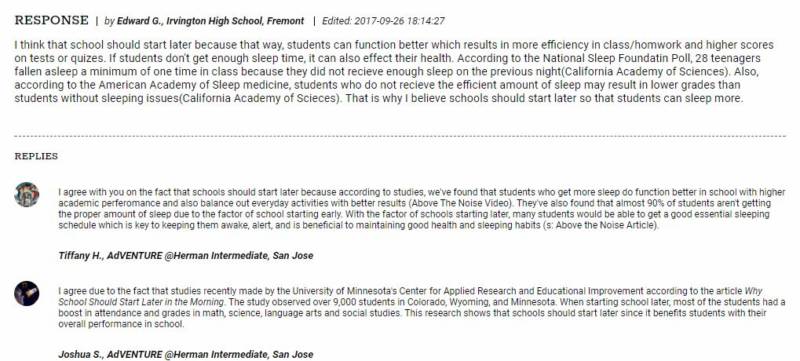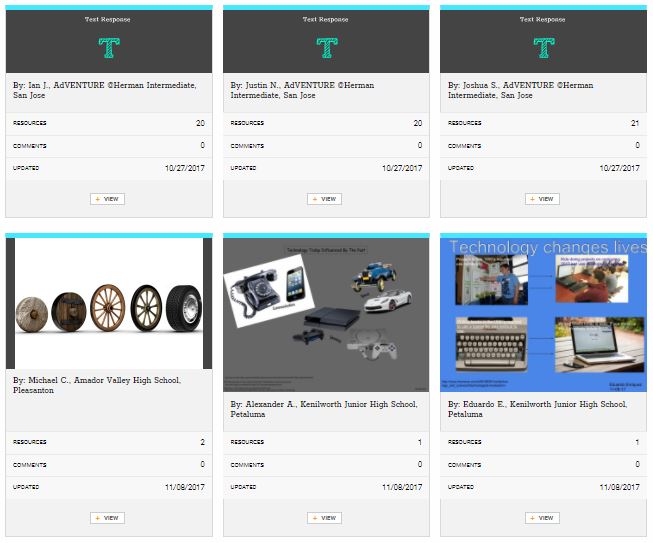As a Science teacher, working with both NGSS and CCSS, I’m always looking for ways for my students to develop investigative skills. That is why I was thrilled when last fall I was invited to participate in the KQED Learn pilot.
“KQED Learn is a free, online platform that supports student inquiry, investigation and media making. It is a place students can collaborate, interact and share their work with other students on the platform.” – KQED
As you may imagine, I was immediately intrigued by this statement. Having a platform dedicated to investigations was appealing, but the addition of the authentic audience and collaboration is something we do not see very often in education these days. The idea of my students being able to interact with other “investigators” and share their work beyond my little classroom was something I could only dream of, so I began thinking about what specific assignment I would be using as an entry point to KQED Learn.
A couple of years ago my district implemented “Writing Across the Curriculum” (WAC) assignments. This requires that all students write at least three essays per year in all content areas. As it happens with these types of assignments, the students find it quite onerous and do not see the point of writing them. They are often heard complaining about how the only person that reads their essay is the person who grades it. As I thought about the KQED Learn possibilities, it came to me that I could transform that WAC assignment into a KQED Learn assignment and give my eighth graders control of what they wanted to write about. They could use the platform as a place to curate and share their resources, providing them with the authentic audience they desperately wanted.
Joining
The process of joining the KQED Learn community was incredibly easy. I set up my teacher account, created my virtual classroom and simply gave the students the Join Code. Students registered using their school email, completed their profile information, added themselves to my classroom and were ready to go.
Once everyone had joined, but before we started participating in the community, I knew that I had to make sure that we all knew that anything that was posted was going to be looked at by students and teachers outside of our own little community. I reviewed the concept of digital citizenship using a video by Common Sense Media and shared KQED Learn’s code of conduct.
Our First Make & Share: Go Above the Noise
Our first foray into the KQED Learn platform included responding to a ‘Go Above the Noise’ question – “Should Schools Start Later?” These questions are the perfect entry point to the platform since they already have many resources attached to them, including not only the content itself but documents such as What Makes an Excellent ‘Go Above the Noise’ Response?, Sentence Frames for ‘Go Above the Noise’, and Rubric for ‘Go Above the Noise’ Responses. As I shared all of this with the students, they quickly became engrossed in crafting thoughtful and responsible responses. My fear of students using the platform as a way to communicate negatively was assuaged as they started calling me over to read what they had written before posting, asking “I disagree with ___’s point, but I do not want to sound mean. Is this okay?” That authentic audience that the platform provides created a sense of citizenship and “THINK before you post” in my students!

 [/media-credit]
[/media-credit] [/media-credit]
[/media-credit]